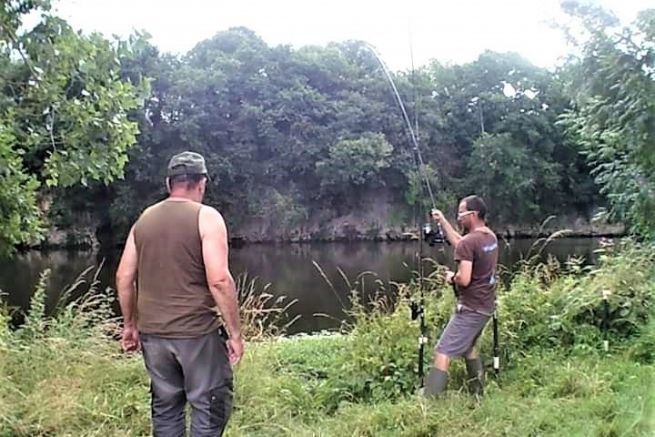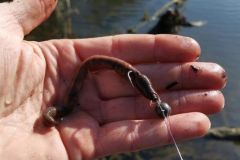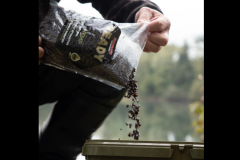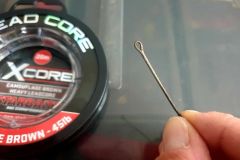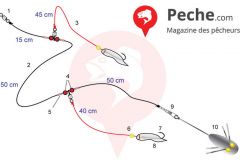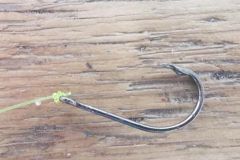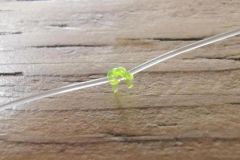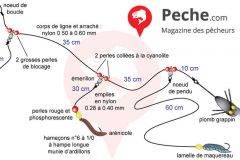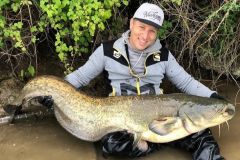Choosing the right assembly
The catfish is a fantastic carnivore in terms of behavior, but also for its fishing, which is without context, the most muscular that we can find in our waters. As far as rigs are concerned, there is no question of making DIY knots. The line must be constantly monitored to ensure that it is not frayed even over a short distance.
It should be noted that the armament is very specific and that it is preferable to choose hooks studied for this fish. If you have a doubt about the size, do not fight and always take them bigger than too small. Catfish have a large oven and it is quite common for them to gobble their catch in one go.
Depending on the environment, currents, lakes, it is good to choose a functional and precise assembly. If you are in a strong current for example and that the water height is important, it is almost impossible to present a live fish with a sliding float. In this context, the rig, lifted from the bottom, is the right plan, because it will leave the fish just in front of the nose of the catfish.
In the same logic, a simple sliding rig with a 250g float or an inflatable buoy is a good choice for classic spots, and even for areas where you know there are fish.
A sounder allows you to place your line precisely and tickle the whiskers of our predator. A simple and effective way to tease our catfish and share a great moment of combat.
An underwater float
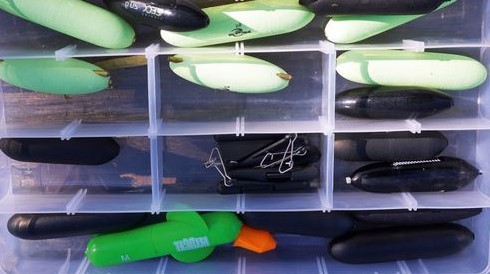
With a presentation taken off the bottom, it is good to choose a float known as underwater which makes it possible to present correctly and effectively our assembly slightly taken off the bottom. We can also choose a float equipped with internal balls which, as soon as the fish wriggles, puts the catfish on the alert.
It is also possible to pass one of its floats equipped with a scent source that ensures to scent the whole area. The catfish is receptive to sounds and smells, so enjoy it.
The floating line assembly
The equipment needed for the floating line is simple. A 50 kg braid for the body of the line, drilled sinkers, soft beads, a suitable float, a stop-float, and a swivel. The leader should be easily interchangeable, as it is not uncommon for a livebait to be larger than another and to require a change in hook size and length of braid. Also remember to use the right hooks, as catfish are a powerful opponent.
For this setup, start by sliding two float stops onto the line. They will flow perfectly if the line is wet. Place two soft beads, which act as a stop between the float and the stops. Slide the float on the mother line, which in general is a 50 kg braid. Then comes the lead, composed of one or more olives drilled. The weight is according to the lift of the float. I recommend you to keep a little margin of ballast if you place a livebait a little big and which jiggles a lot, because it risks to make your line dive very easily.
Remember to place a soft pearl on this line to act as a stop between the ballast and the swivel knot. Now it's time to close this part of the rig with a Palomar knot tied to a swivel with a resistance of 80 kg. It remains to adjust the leader which is traditionally made of a dark braid strand of 70 kg.
The armament is according to the size of the livebait and the way to maintain it on this assembly. In general, it is made of a triple of big size, 5/0 for example, and of a single of a size of 8/0 in order to place the livebait in good conditions. The only thing left to do is to set the fishing depth by sliding the two float stops.
This line is very practical and functional in many circumstances. Remember to change the float weight and especially the tackle according to the size of the fish.
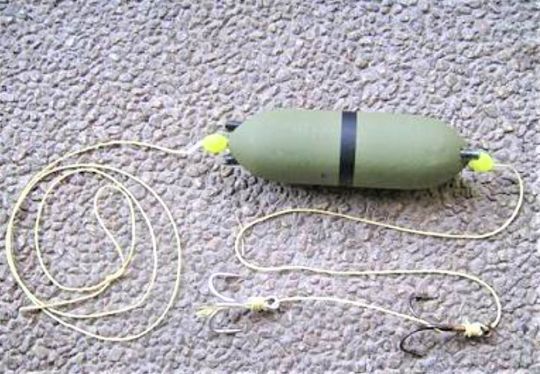
The detached assembly
Here again, the necessary equipment is very affordable. A 50 kg braid for the body of the line, an underwater float, a rigid anti-tangle, a lead ballast if the current is important, otherwise a pear lead, a float stop, soft pearls, and a swivel of 80 kg of resistance. The 70 kg dark braid leader is finished with an adequate tackle.
This rig constitutes a nice presentation slightly lifted from the bottom, ideal for the fish to stay visible to the catfish. Slip two float stops on the line as for the previous rig. Place a rigid anti-tangle which ensures that the leader does not loop with the line.
Use a soft bead as a stop to prevent the rigid anti-tangle from coming into contact with the connecting knot further down. Tie a stapleless swivel with a strength of 80 kg to prevent the line from twisting. A Palomar knot is ideal for this connection. Add a 1m long leader made of 70kg dark braid and connect it to the swivel as before. Place a new float stop which will serve as a stop for the underwater float. Approximately 20 cm in front, lay out the armament which is made up of a large triple pricked in the nose of the alive and another in the anal fin or the dorsal.
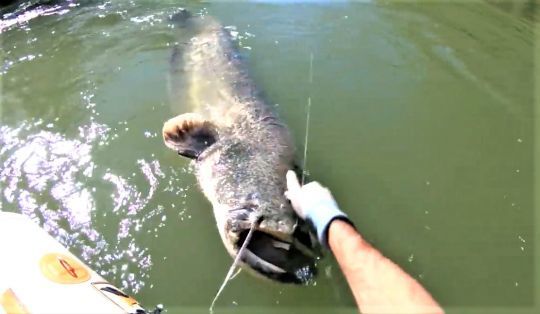
The rig is ready to fish. It is advisable to check that the hooks are perfectly sharp to ensure an effective strike at the slightest touch.
This rig allows you to fish perfectly the deep places under the big veins of water where it is impossible with a classic rig to go and get the catfish. Think also to vary the length of the leader in order to fish more or less hollow.
